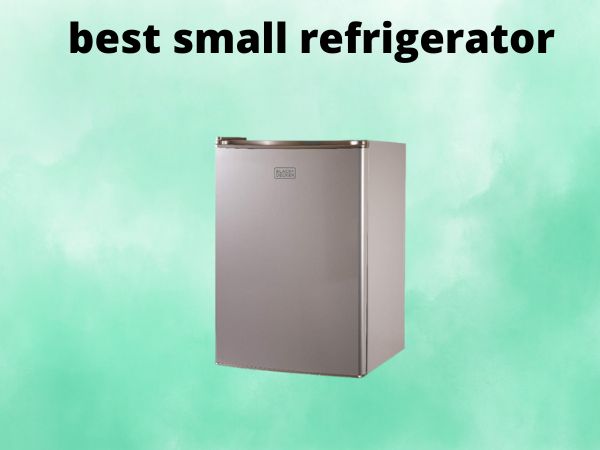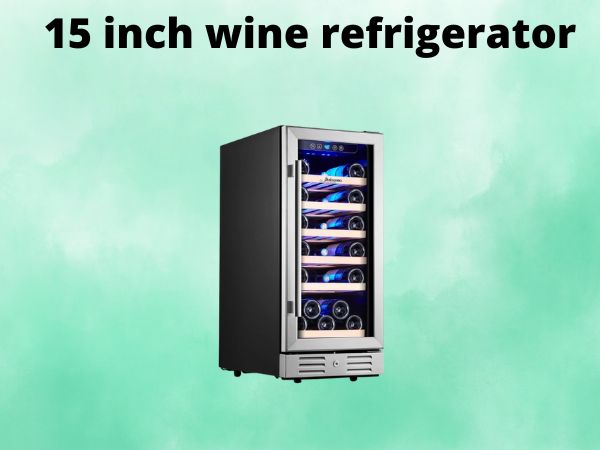23 vs 29 Cubic Feet Refrigerator: Which Is Right for Your Kitchen?
Table of Contents
Navigating the Refrigerator Size Conundrum
Choosing the right refrigerator size for your kitchen can be a bit like finding the perfect pair of jeans – it’s all about finding the perfect fit. Do you go for the sleek and compact 23 cubic feet model, or do you opt for the spacious 29 cubic feet behemoth? It’s a decision that can make or break your kitchen’s flow and functionality.
The Compact Powerhouse: 23 Cubic Feet Refrigerators
These refrigerators are the culinary equivalent of a sports car – compact, efficient, and packed with features. They’re perfect for smaller kitchens or households with fewer mouths to feed. With their streamlined design and ample storage space, 23 cubic feet refrigerators offer a winning combination of form and function.
Pros of the 23 Cubic Feet Refrigerator
- Space-saving design that fits nicely in tight kitchens
- Energy-efficient, thanks to their smaller size and advanced cooling technology
- Ideal for single-person or small-family households
- Often come with useful features like ice makers, water dispensers, and adjustable shelving
Cons of the 23 Cubic Feet Refrigerator
- May not provide enough storage space for larger families or frequent entertainers
- Can feel a bit cramped, especially when trying to store larger items
- Limited options for customization and personalization
The Spacious Sensation: 29 Cubic Feet Refrigerators
If you’re the type who loves to stock up on groceries or has a penchant for hosting dinner parties, the 29 cubic feet refrigerator might be the perfect fit. These mammoth-sized appliances offer ample storage space and a host of features to cater to your culinary needs.
Pros of the 29 Cubic Feet Refrigerator
- Abundant storage space for large families or frequent entertainers
- Easily accommodates oversized items like party platters and large casserole dishes
- Offers more flexibility with adjustable shelving and specialized compartments
- Impressive features like dual ice makers, water dispensers, and temperature-controlled drawers
Cons of the 29 Cubic Feet Refrigerator
- Requires more floor space in the kitchen, which may not be feasible in smaller homes
- Consumes more energy due to the larger size and increased cooling demands
- Can be more challenging to maneuver and install, especially in tight spaces
- Generally more expensive than their 23 cubic feet counterparts
Factors to Consider When Choosing a Refrigerator Size
When it comes to selecting the perfect refrigerator size, there are several key factors to consider:
Household Size and Needs
The number of people in your household, as well as your grocery shopping and cooking habits, will play a significant role in determining the ideal refrigerator size. A single person or small family may be perfectly content with a 23 cubic feet model, while a larger household or avid entertainer might require the spacious 29 cubic feet option.
Kitchen Layout and Dimensions
Measure your kitchen carefully to ensure the refrigerator you choose will fit seamlessly into the available space. Remember to factor in clearance for doors to open fully and any other nearby cabinetry or appliances.
Energy Efficiency and Cost
Larger refrigerators generally consume more energy, which can translate to higher utility bills. Consider your budget and energy-efficiency needs when weighing the pros and cons of each size.
Feature Preferences
From ice makers and water dispensers to specialized storage compartments, the features you value most can help guide your decision. Determine which amenities are must-haves and which you can live without.
Conclusion
Choosing between a 23 cubic feet or 29 cubic feet refrigerator ultimately comes down to balancing your household’s needs, your kitchen’s dimensions, and your personal preferences. Consider the factors outlined above, and don’t be afraid to test out different models in-store to get a feel for what works best for you. With the right refrigerator size, you’ll be well on your way to creating a harmonious and functional kitchen that meets all your culinary desires.
FAQs
What is the average size of a refrigerator?
The average size of a refrigerator is between 18-25 cubic feet, with 23 cubic feet being a common and versatile option for many households.
How much food can a 29 cubic feet refrigerator hold?
A 29 cubic feet refrigerator can typically hold enough food to feed a large family or frequent entertainer. Expect to be able to store 20-30% more items compared to a 23 cubic feet model, including large platters, bulk ingredients, and oversized containers.
Are 23 cubic feet refrigerators energy-efficient?
Yes, 23 cubic feet refrigerators are generally more energy-efficient than their larger counterparts. The smaller size and advanced cooling technology allow these models to consume less power, resulting in lower energy bills and a more eco-friendly footprint.
Can a 29 cubic feet refrigerator fit in a standard kitchen?
While a 29 cubic feet refrigerator is on the larger side, it can often be accommodated in a standard kitchen, provided there is enough floor space and the dimensions of the appliance fit the available space. Careful measurement and planning are essential to ensure a seamless integration.
What are the most important features to look for in a refrigerator?
The most important features to consider in a refrigerator include energy efficiency, storage capacity, adjustable shelving, specialized compartments (such as a deli drawer or temperature-controlled zone), and convenient amenities like ice makers and water dispensers.



